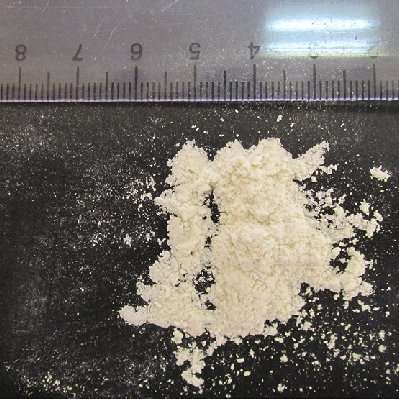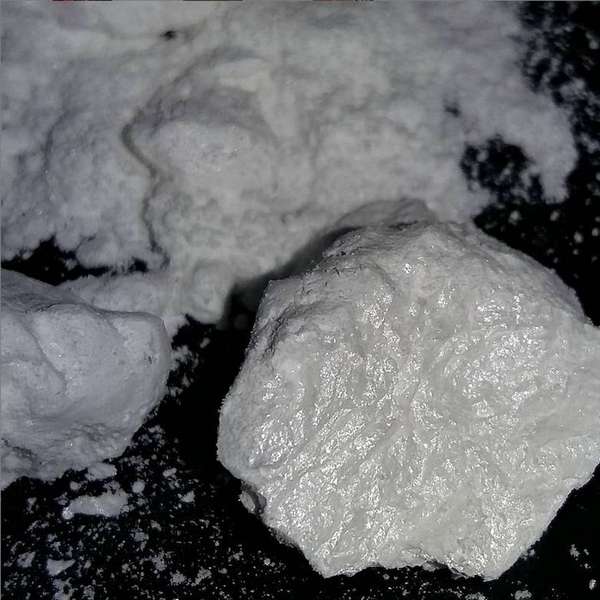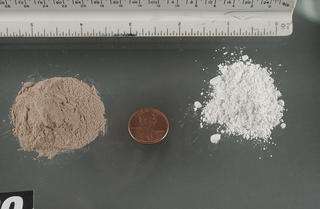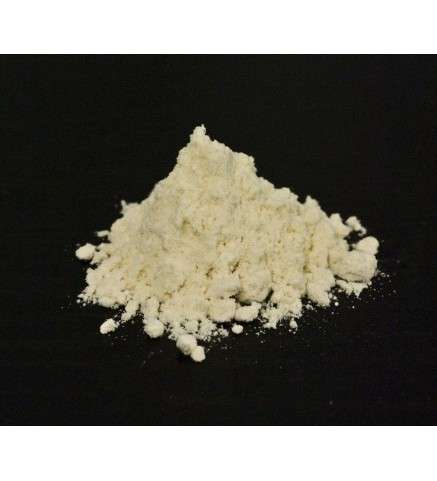
MAM-2201 was recently discovered in herbal items and has been shown to have psychoactive and intoxicating effects in humans, implying that it affects brain function. MAM-2201 inhibits neurotransmitter release by acting as an agonist at the human cannabinoid receptor type 1 (CB1R). Reduced neurotransmitter release from CB1R-containing synapses may contribute to some of the symptoms of synthetic cannabis intoxication, such as cerebellum-dependent motor coordination and motor learning deficits.
In rats, MAM-2201 was given intraperitoneally at 5 or 15 mg/kg (n=5) to 6-week Wistar rats, and the cerebrum metabolome was examined using a gas chromatography/tandem mass spectrometry (GC/MS/MS)-based metabolomics approach.

With an inhibitory concentration of 0.36 M, MAM-2201 suppressed neurotransmitter release by 50%. Within the range of 0.1-30 M, MAM-2201 inhibited neurotransmitter release more than (9)-tetrahydrocannabinol and JWH-018, one of the most popular and potent synthetic cannabinoids identified in herbal goods, within the range of 0.03-3 M. MAM-2201 inhibited GABA release in Purkinje cells in a concentration-dependent manner (PCs). In addition, MAM-2201 inhibited glutamate release at climbing fiber-PC synapses, resulting in lower dendritic Ca(2+) transients (PCs).
Herbal medications containing synthetic cannabinoids, which were once marketed as legal alternatives to marijuana, have evolved into serious misuse substance.(MAM-2201) is a synthetic cannabinoid that has recently been discovered in herbal items and has psychoactive and intoxicating effects in humans, suggesting that MAM-2201 changes brain function. MAM-2201’s pharmacological activities on cannabinoid receptor type 1 (CB1R) and neuronal functions, however, remain unknown. MAM-2201 was discovered to be an agonist of human CB1Rs produced in AtT-20 cells.
MAM-2201 reduced glutamate release at parallel fiber-PC synapses via activation of presynaptic CB1Rs in whole-cell patch-clamp recordings from Purkinje cells (PCs) in mouse cerebellar slice preparations. With an inhibitory concentration of 0.36 M, MAM-2201 suppressed neurotransmitter release by 50%. Within the range of 0.1-30 M, MAM-2201 inhibited neurotransmitter release more than (9)-tetrahydrocannabinol and JWH-018, one of the most popular and potent synthetic cannabinoids identified in herbal goods, within the range of 0.03-3 M. MAM-2201 inhibited GABA release on PCs in a concentration-dependent manner.
Furthermore, MAM-2201 reduced dendritic Ca(2+) transients in PCs by suppressing glutamate release at climbing fiber-PC synapses. MAM-2201 is anticipated to decrease neurotransmitter release at CB1R-expressing synapses in humans, based on these findings. Reduced neurotransmitter release from CB1R-containing synapses may contribute to some of the symptoms of synthetic cannabis intoxication, such as cerebellum-dependent motor coordination and motor learning deficits.


